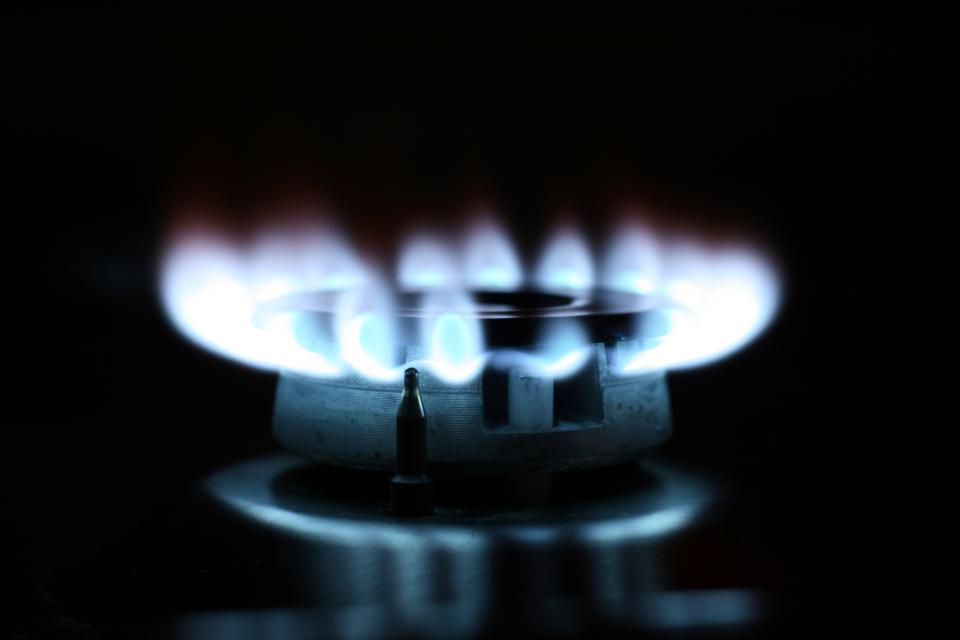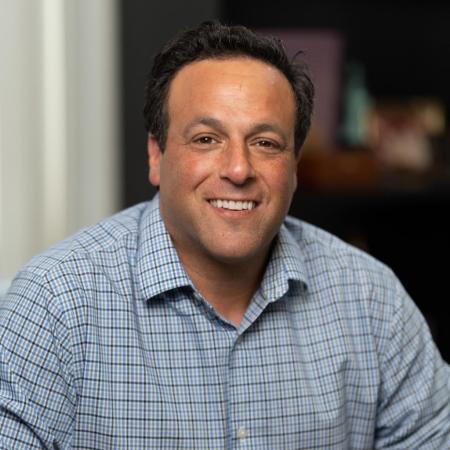
Burns are painful injuries and sometimes cause permanent damage. Children are naturally curious about the world around them, and unfortunately, this curiosity sometimes turns toward dangerous elements in their environment. While it’s important to teach your children about fire safety, some kids are too young to understand these concepts. With this in mind, aim to limit the likelihood of your children being burned and take steps to make your home safer.
Prevention
One of the best ways to treat your child’s burn injuries is to prevent them from ever happening. The primary way to do so is to install smoke alarms in your home to warn of any fires. Children who are old enough to grasp the concept of fire safety should also learn an escape plan in case the house does catch fire.
The kitchen is the source of many house fires and burn injuries. Never leave any cooking appliances unattended while in use. Also, make sure your children don’t wander near hot stoves or pots of boiling water. You also need to be mindful of your electronics and electrical outlets – electric discharges can cause burns as well as a host of other health problems, especially for small children.
Treatment
Despite your best efforts, your child may eventually suffer a burn. It’s important to treat only minor burns at home. Call emergency services in case of the following:
• The burn affects 10% or more of the child’s body.
• The burn is on a sensitive area such as the face, genitals, a joint, or the extremities.
• The affected area appears white or charred.
• Electrical discharge or chemical exposure caused the burn.
• The burn appears infected or oozing.
For typical minor thermal burns, the first thing you should do for your child is run cool water over the affected area. Although you may think applying ice would help, the shock of the extreme cold can be painful, and the ice may stick to the skin and make the injury worse. Once the burn has been flushed with water, make sure the area is clean; do not pop any blisters that may have formed.
Cover the affected area with a clean gauze or cloth bandage. Avoid using bandages with adhesives. Apply antibiotic ointment to minor burns. You can also give your child over-the-counter pain medicine such as ibuprofen or acetaminophen.
Severity of Burns
We categorize burns by degree in terms of their severity. A first-degree burn affects only the top layer of skin and will be red, possibly swollen, and painful to the touch. Second-degree burns affect the top two layers of skin, are much more painful, and blisters usually develop on the affected areas. People may treat first-degree burns and some second-degree burns at home, if the burn is small enough, but if there is any room for doubt or your child is in serious pain, seek medical attention immediately.
A third-degree burn is a severe injury that requires immediate medical attention. All the layers of skin are affected, and the wound may appear white, charred, or waxy. Third-degree burns are sometimes not painful because they damage the nerves.
No parent enjoys seeing a child in pain, and burns are particularly painful injuries that sometimes leave permanent scars. It’s important to remember your rights in case someone else’s negligence caused your child’s burn injury.



























